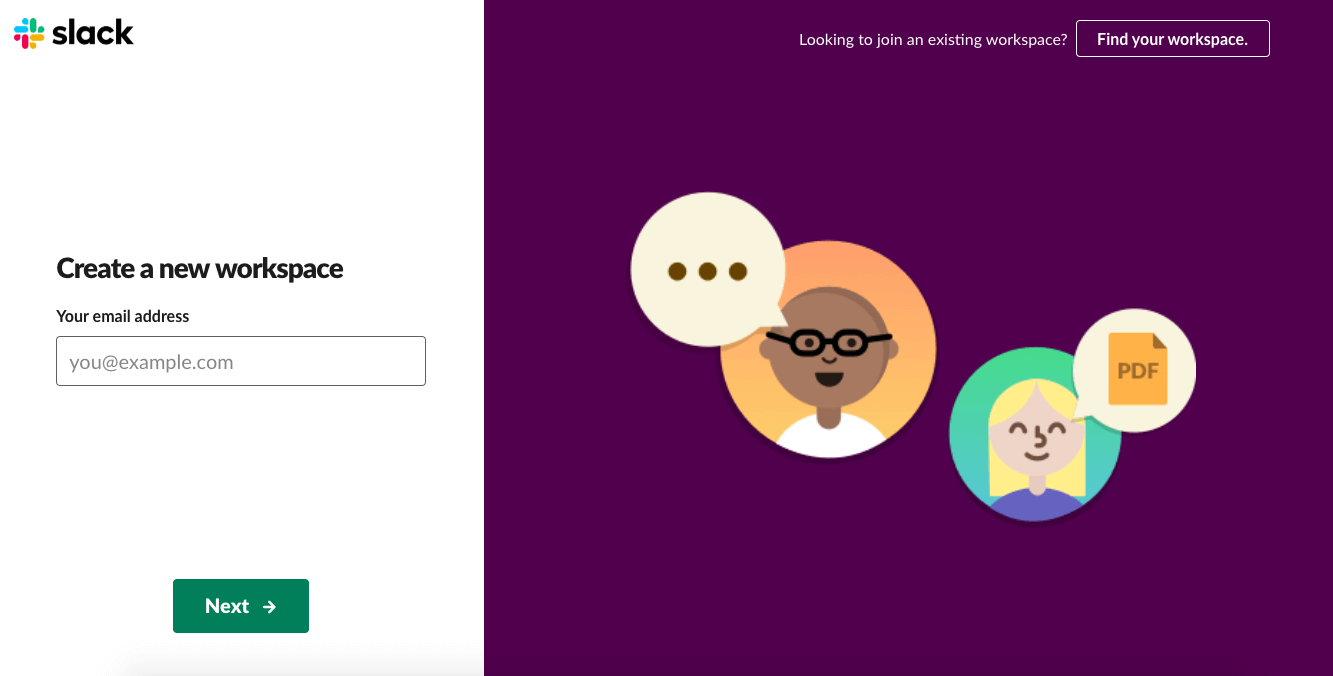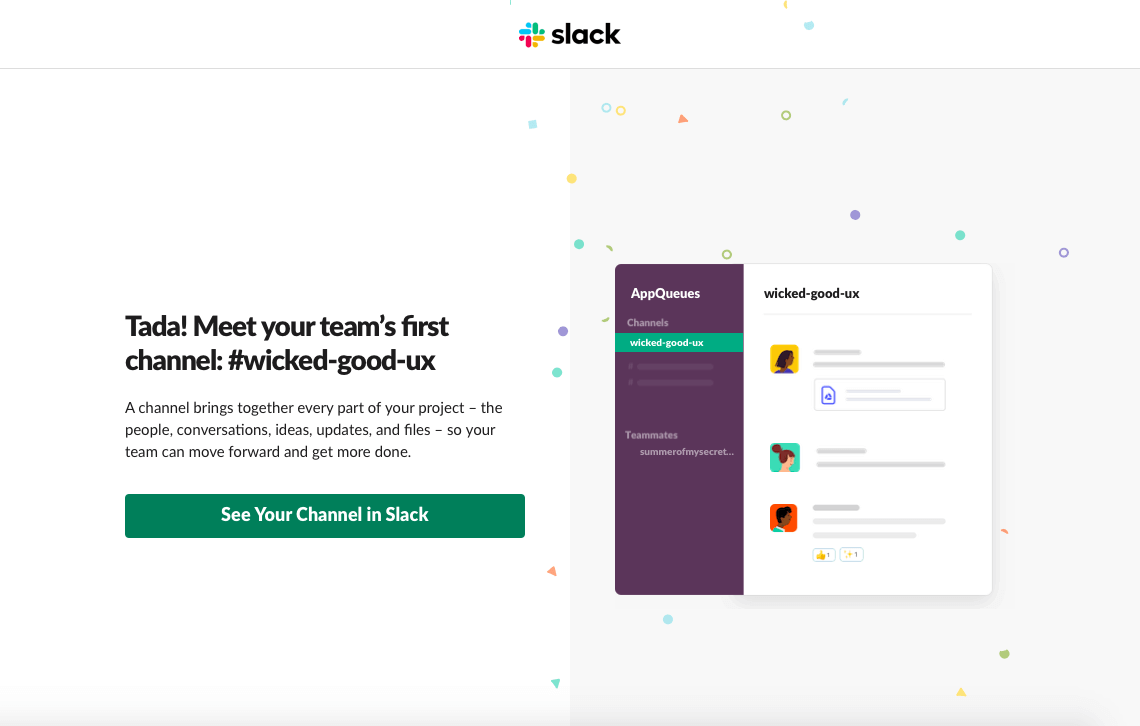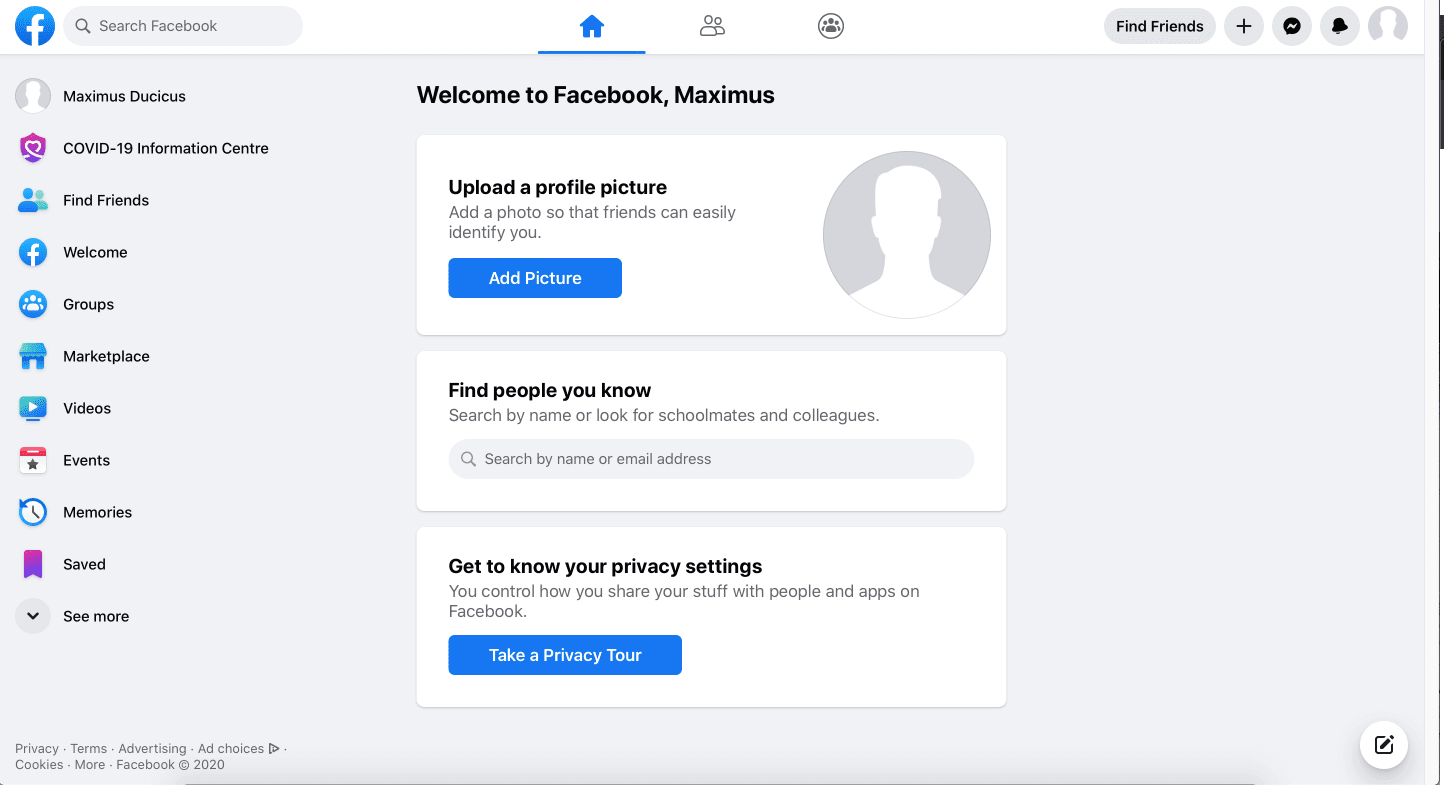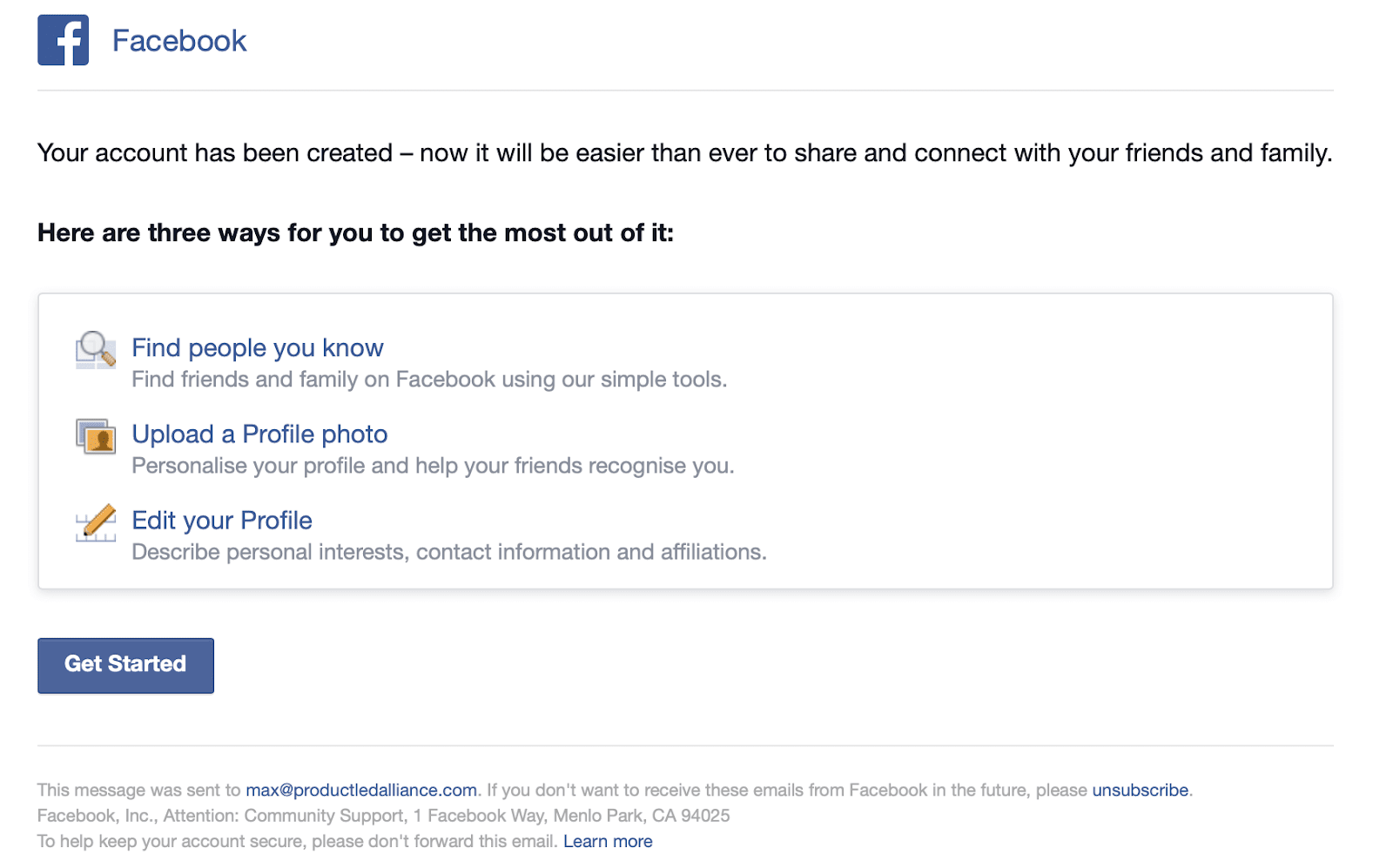Onboarding is an essential part of creating great customer experiences - as the saying goes, first impressions last.
Why bother?
For freemium models adopted by a growing number of SaaS companies, onboarding is the frontline in the battle for the upsell.
Users who have parted with their cash straight out of the gate can become super users, advocates and if the onboarding is truly nailed it opens the door for cross-selling and upgrading packages.
For B2C businesses it promotes brand loyalty and repeat purchases, possibly with even more fervor due to the unwavering passion of users. Tying great onboarding to a great product is a sweet recipe for growth, as once you've hooked users they won't go elsewhere. I'm looking at you iPhone users.
Remember, the responsibility of onboarding may not solely be in the hands of the product team. Depending on your organization’s size, you may have entire departments dedicated to onboarding, specific hires in the product team to handle it, or a high-quality self-serve type system going on.
However, it’s a vital part of the process of building and releasing products. So on your head be it if you choose to neglect onboarding!
More benefits of perfecting your onboarding process include:
- Improving a customer’s chance of success with your product because they’ll understand how to use your product sooner and be more likely to stick with it, increasing retention and reducing dreaded churn.
- Setting a good first impression and laying the groundwork for a positive and lasting relationship (like a good 'Hello' on Zoom with no awkward small talk at the start) sets the tone for a smooth and pain-free experience.
- It saves time by reducing the eternally infuriating, but occasionally (very occasionally) useful “Where can I find x?” and “How do I do y?” questions that hound us all.
Onboarding best practices
Before diving into some examples, let's lay out the key principles that guide great onboarding. You'll see how Slack nail some of these, and Facebook also excel.
1. Know your customer. Your onboarding steps should align with the rest of the customer’s buying journey. Refer to your personas and tone of voice documents throughout.
2. Reiterate the value. Just because the user’s converted it doesn’t mean you can't increase their value. If you want to keep them active and encourage up and cross-sells, you need to keep on demonstrating that value.
3. Keep in touch. Onboarding isn’t a one-time thing. It requires the right balance of not bombarding users to the point of annoyance, but not leaving it all down to them so they think you’ve forgotten about them. Check up on your users past the point of just getting them on the platform.
4. Measure your success. There’ll always be room for improvement. Make sure you’re continually asking for feedback from your customers and paying attention to the data e.g. at what stage are people clicking off, what is the open rate of emails.
5. Personalization. Personalize your onboarding as much as you can. Their name and company should be the absolute bare minimum, but personalizing the sequence they see in-line with their pain points will make them feel cared about.
6. Break it down. Limit each message or pop-up to one or two tasks. Keep the flow simple and give your users a choice to follow your advice, or go and have a flick through on their own.
B2B ain't slacking
Slack is a good example to start with. It's simple for people to signup, with a very quick process to get you on the platform.

The landing page goes beyond being slick, it's just so simple and inviting. I am left with no questions by this page, and my email is the key to the next step.
Just like that, I'm in.

Yet more simplicity, learn from this!There is no greater bounce magnet than being greeted with too many boxes, too much text, or too many ads.

Now we're talking. I'm where I was promised, within a couple of clicks. I've even got a handy Slackbot to show me the ropes.

Easy as that, thanks Slackbot!

Another clever design aspect is their use of what would be whitespace. Slack let me know what's going to be there when I really get into it and start using the platform more.
Fabulous.
There's a reason Facebook is global
Facebook follows a similar path to quick and easy access with helpful guidance, a simple sign up process and also goes beyond that first login process in their onboarding sequence.

There's a slightly busier first pop-up when you choose to sign up, but it's still a clean layout and can't really be described as confusing.

User safety and security issues have haunted Facebook in recent years, so another factor of authentication is both necessary and appreciated.

Similar to Slack, Facebook prompts you to complete a few basic first actions to complete your profile on the landing page.
Also, this first greeting of the platform involves an option to tour the privacy settings. This isn't a mistake and is an intentional addition to the onboarding process.
Understanding the user and their potential relationship with your product before they've interacted with it has to feed into that initial sequence, especially if you're dealing with a global product such as Facebook.

Facebook also email you as part of the onboarding sequence, giving you another avenue to get those first few steps completed.
Even when you've logged out for that first time, Facebook continue their quest to make it as easy as possible to use their platform.

If that wasn't enough, they also email you after logging out with an easy one-click option to log back in.

Retention tactics
Retention is your ability to hold onto customers. It's all well and good onboarding them, but if they're dropping like flies it was all for nothing!
High churn rates can be devastating to your business. It’s more cost-effective to keep existing customers than it is to acquire a fresh batch.
This is particularly relevant for businesses using a subscription model, where maintaining monthly or annual recurring revenue is ultimately the most important metric to measure the company’s success.

We’ve looked at the core components and benefits of customer onboarding, so let’s delve into what you can do to keep your users active.
1. Customer feedback. Feedback will keep your product relevant and users will feel heard when they see their suggestions come to fruition.
Speak to your customers on a regular basis, even if that’s not you directly, you need to be gathering insights from customer success or product marketing.
It’s not a case of one customer saying jump and you saying how high. Identify trends in the data and prioritize those requests based on value for the customer alongside business costs.
2. Create a communication calendar. There's nothing more annoying than a flaky friend, or even a colleague, who only talks to you when they want something.
Don't contact customers asking for feedback only when you have something new to sell them.
Create a calendar with milestones customers have reached.
'Hey, you've used our product for a month, what do you think of it?'
'Well done, you just did your 100th post, let us know how you've found the experience?'
You can also share broader content with your users that add value specifically to them, it doesn’t have to just be around your product.
If you’re a social media scheduling app, the people who use your product likely need to know about content in a broader sense. Sharing a free webinar around content creation on social media would be a great way to add additional, complementary value.
3. Introduce a loyalty program. It's frustrating to see 'new customer deals' whilst you're there getting nothing for sticking with one brand.
The most obvious example of this is with network providers, who admittedly have done more recently to reward their most loyal customers, but often fell foul of new customer offers leaving existing users feeling left out.
Rewarding customers for being loyal will help keep them. It will also incentivize less loyal customers to be loyal instead of fishing around for a new deal.
4. Set-up a customer advisory board. Customer advisory boards (CABs) are great for everyone.
They provide qualitative insights on what your customers want. A good framework to use when conducting the sessions themselves is the 'Start, Stop, Continue' model.
You can host the entire session around those three questions: what should we start doing? What should we stop doing? What should we continue doing?
For your users, it gives a real sense of involvement and gives them a chance to talk (which a lot of people like to do!). It's also good to give badges or something similar for them to share on their social media of being a CAB member, and a natural byproduct of both of the above is it also increases their usage of your product. Win-win.
Users will feel more rewarded and listened to, which is a good recipe for happier customers!



